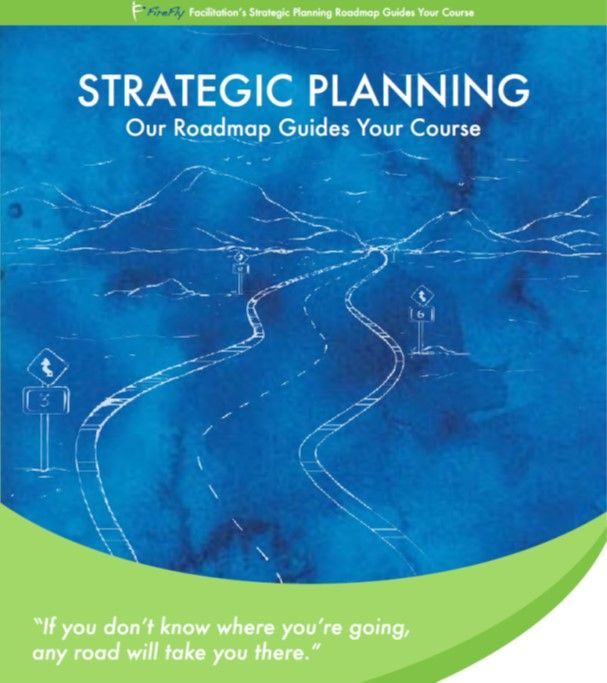Dive into Successful Conflict Management
Use the Vroom Yetton framework to help you decide how to decide.
I had the wonderful opportunity to work with an amazing group of leaders at a highly-regarded school. They spent a great deal of effort to overcome their natural tendency to gloss over conflict. The norms they created were very effective, because they reflected what they most needed to keep in mind and improve upon when making decisions. For more information on creating conflict norms on your team, read this post.
About a month later, one of the staff members reported, “We just had a great fight in our staff meeting this morning. You would have been so proud of us!” The leader confirmed, with a rueful smile, saying, “Well, the team is certainly more animated than they’ve been in the past!” These team members were now able to express a sense of passion about their work with which they had never before been comfortable; one that would help them face and resolve their most pressing issues.
Now, here is the second important point: there needs to be an agreed upon process for making the decisions. Not every decision will truly be a team decision. However, almost every decision could benefit from receiving robust team input. In some instances in which the leader should decide alone, but this should very much be the exception rather than the rule.
In deciding the best approach to take for decision making, many teams find Vroom Yetton, a decision-making framework named for its creators Victor Vroom and Phillip Yetton, to be simple yet invaluable. Vroom Yetton is a powerful tool for determining how groups will make decisions , providing leaders not only with a thought process for determining the optimum level of involvement of others in the decision, but also a way to make that rationale explicit to the team.
Most team members know that they won’t be making every decision, and they don’t mind not having this authority, as long as they understand the decision process up front and view it as fair. Teams do not appreciate thinking that the leader wants them to make the decision, and then having that authority taken away. When a manager takes the decision back, it can leave members feeling as though they did something wrong, which seems like failure to the team, and this doesn’t foster commitment to the final decision.
The leader can use Vroom-Yetton to help decide which level of input is wanted from the team, before engaging them in the discussion of the issue. Thus, it is much less likely that the authority will be taken back, and expectations will be clearly explained, from the outset. The levels of the Vroom Yetton Decision Making Model are as follows:
- Autocratic:
- A1: Leader solves the problem alone using information that is readily available.
- A2: Leader obtains additional information from group members, and then makes decision alone. Group members may or may not be informed of the final decision.
- Consultative:
- C1: Leader shares problem with group members individually and asks for information and evaluation. Group members do not meet collectively, and leader makes decision alone.
- C2: Leader shares problem with group members collectively, but makes decision alone.
- Group Based:
- G2: Leader meets with group to discuss situation. Leader focuses and directs discussion, but does not impose will. Group makes final decision.
So with all of these levels to choose from, how can a manager decide which is the most appropriate for each decision? There are several factors that affect this decision, which must be made by someone with an understanding of both the team and the project. In our next post, we’ll discuss ways to determine which level is right for your team.






